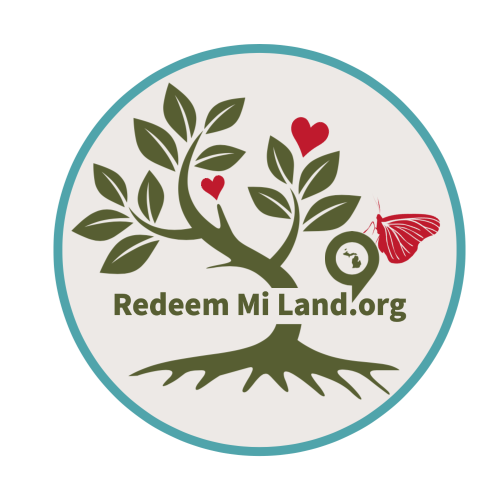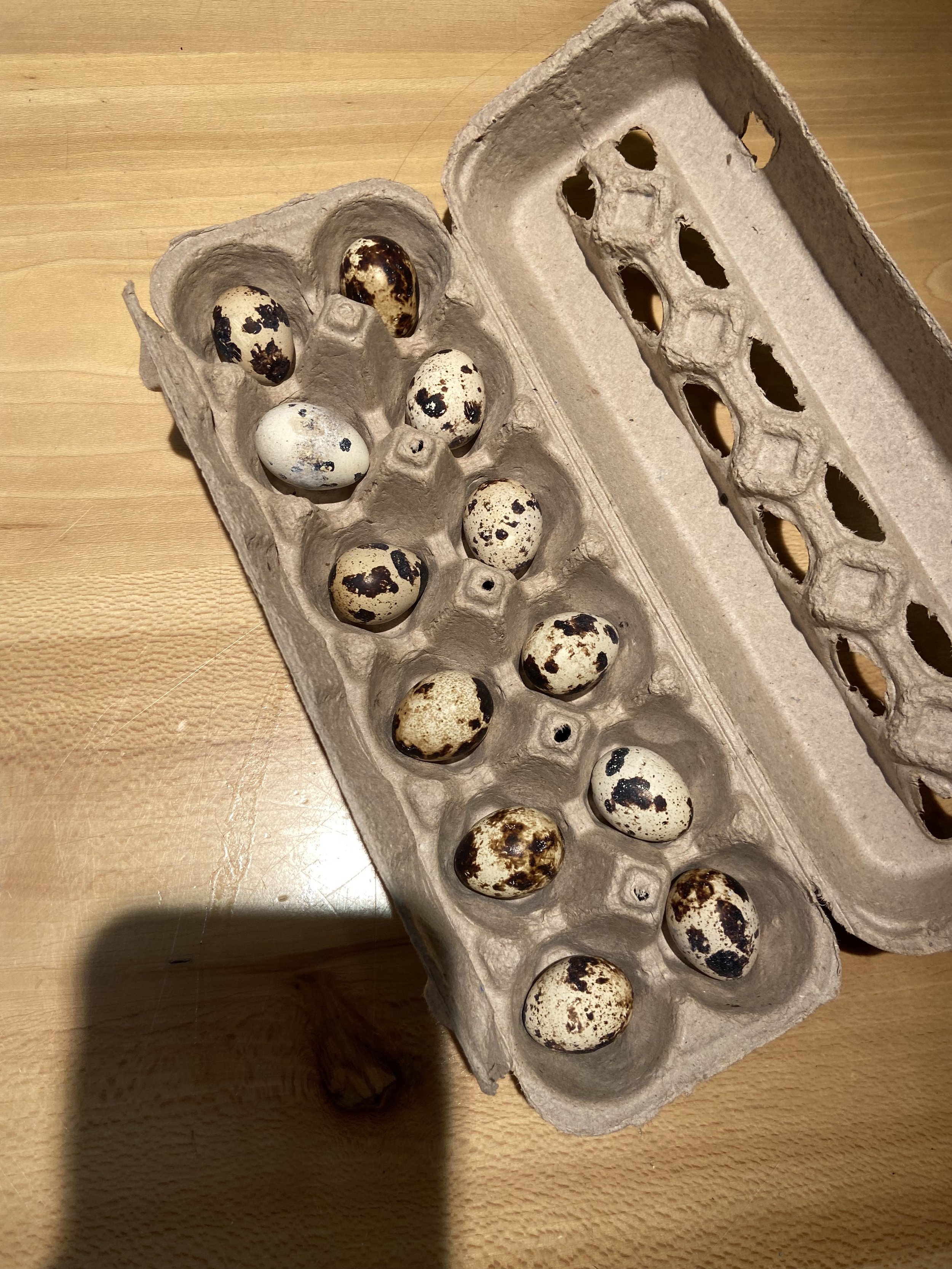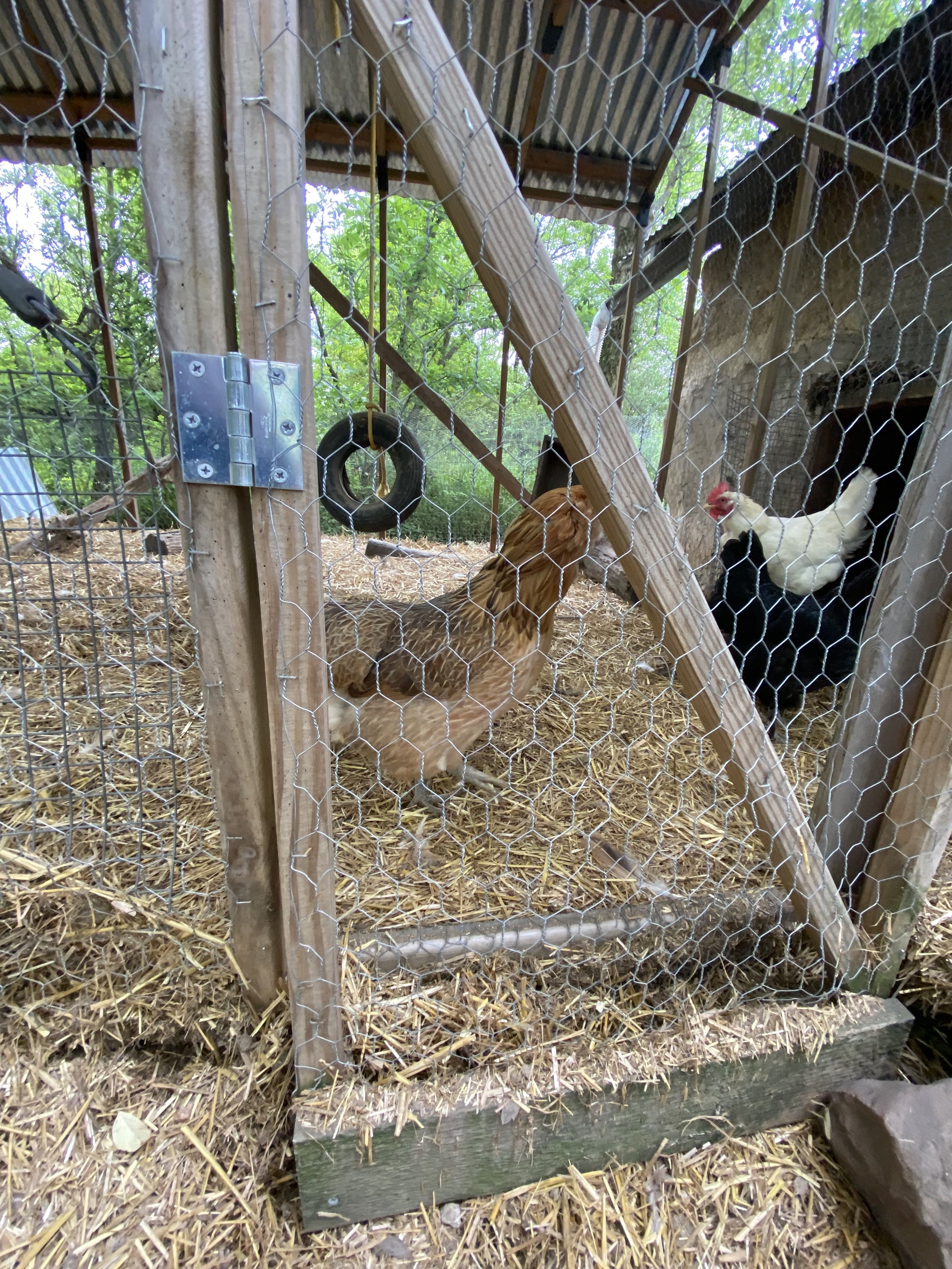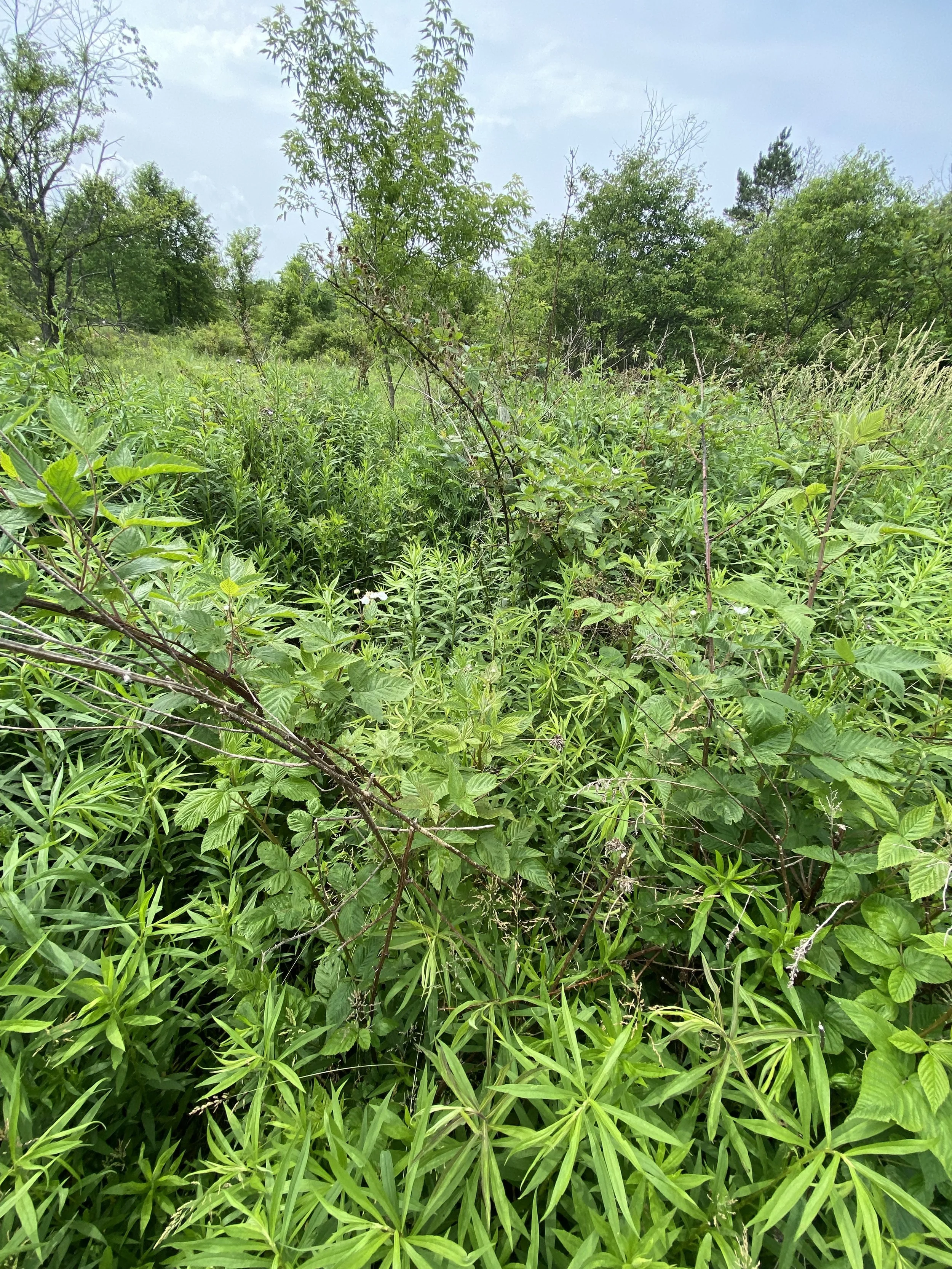starting something new
So how exactly does a pastor, who is trained in Theology and not Eco-Science, go about the hard ecological work of land restoration? How does he or she connect congregations of churches and local communities alike to do the good work of caring for the lands in Michigan that God has created… and to do so together, whether they are people of faith or not? Where do we find the (and please pardon the pun) common ground across these fields of study and groups of people?
This task, for myself, is something new. I enjoy new, and I have found that whenever I do something new I benefit greatly by following a few steps behind those who are walking the same road and who are farther along it than myself. (Is that discipleship?)
The church where I pastor (Unity Reformed Church - Norton Shores, Mi) has graciously given me the Summer months this year as a sabbatical. During my sabbatical time I will be traveling, reading, praying, researching, and meeting people from varied places who are living into one aspect or another of my thesis project. These might be people focused on the science side of things, or the civil engagement side, or the theological side… As I learn from them and listen to their stories I hope to fold some of their best ideas and practices into my own.
I begin my journey, not in Michigan, but in Pennsylvania, where a friend of mine (Dr.Shawn Davis, Ph.D) teaches at Slippery Rock University and was excited to host me for a few days and show me what innovations the University has engaged in through what is called The Macoskey Center for Sustainability and Research. The Macoskey Center (MC) is a 70-acre sustainability education, demonstration, and research center at Slippery Rock University located in Central Western Pennsylvania. The MC was founded in 1990 by Dr. Robert A. Macoskey and the ALTER Project.You can read more about the MC through their own website here.
Sustainability in 1990! What an interesting age… photo of founders taken over 30 years ago
On the property of the Macoskey Center there are tried and true sustainability practices being implemented for teaching as well as experiments being conducted, to see what the future of human/non-human relationship in the world could become. For instance, one experiment that I found fascinating revolved around the bee hives on the property. Many places have bee hives, they are known pollinators that are good for the flowering plants, and just to look at the bee hives you wouldn’t know that there was anything out of the ordinary about them. However, these bees are being trained. They are being trained to tell the difference between plants that contain pesticides and those that don’t. That means that a bee, or whole colony of bees, would be able to stay away from potentially dangerous flowers and plants…rather than finding out too late that the flower they just buzzed around in contained a poison their nervous system. Who knew you could train bees?
Bees in training…and yes, I did carry my Epi-Pen with me!
Another interesting, experimental critter you could find at the Macoskey Center are quail… Now, these quail have a unique story. They aren’t being trained for anything, but if not for the MC they would certainly not be alive today. These quail came from an experimental medical facility that was conducting research on addiction. You may or may not know this, but when animals are used for medical testing it is normal practice that those animals are euthanized following the experiments, even the control group. That means that whether or not an animal is given any kind substance in the testing, they all are to be put down. The Macoskey Center was able to obtain special permissions to be a haven to the quail who were only part of the control group…and so now they have a home and provide the center with delicious quail eggs.
Quail eggs!
Across the 70 acres the Macoskey Center had ways in which you could engage and learn about solar power, geothermal heating and cooling, composting toilets, green roofs, hydroponics, different approaches to green houses, community gardens, community composting, plant identification, wetland rehabilitation, bat houses, how to use found materials in art and architecture, the effects of green space and mental health, and more.
Now, I know I’m starting to sound like a travel brochure, but in my mind I was geeking out about the shear variety of ways in which God’s Creation could thrive in ways that aren’t the typical avenues. Most people think of land restoration and they think of parks, they think of nature preserves, but I'm willing to bet that not many people think about saving quail from an undeserved death! To me, this uniqueness resonates with the whole idea of redemption in our lives. When we are redeemed, and we start to lean in and live into God’s calling for us, some of us find ourselves living a life that is not very typical. Some people might look at our lives and think the things God has us do are downright weird. I’m thinking of a guy named Bruce that I knew years ago, whose engagement with the world was wearing oversized, funny, novelty hats and using those as a way to get in with some of the roughest teens you could hope to meet. How many unique ministries and people in the Church can you think of? Perhaps the variety of practices in sustainability isn’t so far from what we experience as people of faith already… As Redeem Mi Land picks up more and more pieces of land to create living examples of redemption it’s important to remember that no two will look exactly the same…the churches who redeem the land will be different, the communities who we build relationships with will be different, and God’s intentions for that land will be uniquely suited to it, just like how His intentions in your life is uniquely suited to you.
Following my time touring the Macoskey Center I was able to enjoy some Thai food (Slippery Rock’s best kept secret) with Dr. Davis and the Director of the Macoskey Center, Sami Laurence. We got into the nitty gritty of how you keep something like this alive and going for so many years, sustainable, you might say, when faced with external and internal challenges… You can look forward to hearing about that in about a week’s time. Until then, please consider donating to Redeem Mi Land (it is non-profit) and/or subscribe to the Redeem Mi Land newsletter here.
in the meantime, enjoy some pictures I took…almost every single piece of wood, flooring, counters, and more either repurposed, recycled, or reimagined into something that fits into the center.






























































